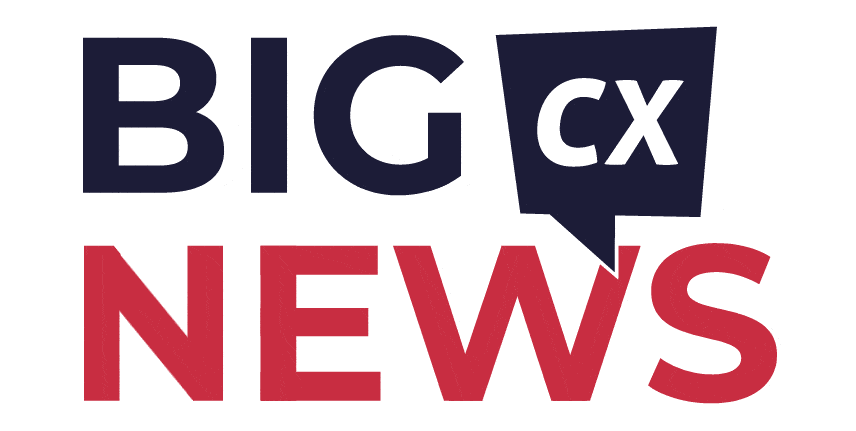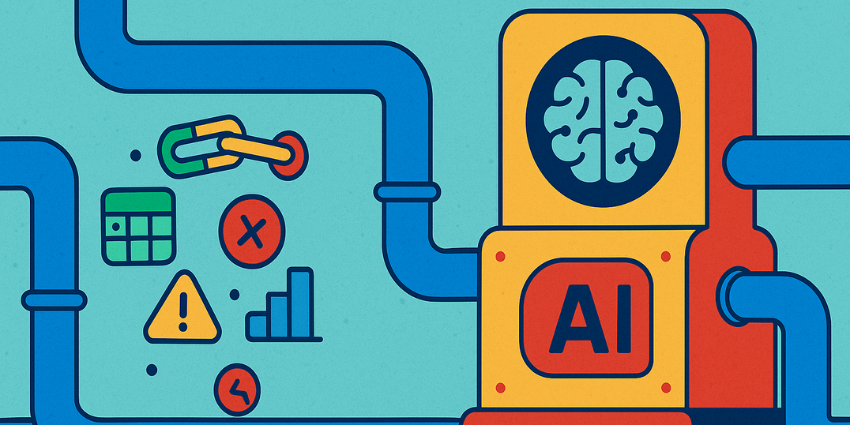Salesforce has officially entered the ITSM space with the launch of Agentic IT Service.
Last week, CEO Marc Benioff announced the company’s plan to showcase a new ITSM product at Dreamforce 2025.
Now, the CRM leader has unveiled the solution a month early, with Kishan Chetan, EVP and GM of Service Cloud at Salesforce, taking to LinkedIn to release a video of the new solution in action.
In the post, Chetan claimed that the offering will help IT teams cut costs and empower them to resolve issues “in minutes, not hours.” He added:
Agentic IT Service combines 25 years of Salesforce customer service expertise with the power of Slack and Agentforce to deliver a modern, conversational, and agentic support solution.
But what exactly are ITSM platforms, and how will Salesforce’s differ?
In short, they enable IT teams to efficiently manage the range of services they provide across an organization, from granting app access and configuring devices to running internal applications and overseeing cloud storage.
Traditionally, ServiceNow has been the clear market leader in the sector. However, Benioff believes that Salesforce, through Slack, could challenge that market dominance.
Speaking on The Logan Bartlett Show, the Salesforce man discussed how the two tech titans’ ITSM offerings will differ, stating:
ServiceNow is a great company… I think they automate 9,000 companies… But Slack is already in a million companies, small, medium, large, and extra large.
Indeed, Benioff’s slight jab at ServiceNow certainly adds credence to the old adage that you should always ignore everything before the word ‘but’.
While there has been no official statement from Salesforce about when the public will be able to start using the new Agentic IT Service, Chetan echoed Benioff’s comments, encouraging Dreamforce attendees to stop by and try the solution for themselves.
The Convergence of ITSM and Customer Service
Whenever Salesforce enters a new market, it’s newsworthy in its own right. However, this announcement is more than a new product; it signals the closing gap between ITSM and customer support.
For decades, the two sectors have lived comfortably in separate worlds.
IT kept the lights on and employees productive, while customer service handled brand perception and customer loyalty.
The two departments always had entirely different leaders, different budgets, and different priorities.
Yet, while that split once made sense, today, it’s looking increasingly outdated.
For starters, whether an employee is struggling with a system login or a customer chasing an order update, the demand is the same: they want an efficient, accurate outcome without the hassle and runaround. As such, there is a shared case management requirement.
Yet, beyond that, IT teams interact more with contact centers as they implement AI, taking a more central role in not only the deployment of software but the procurement of it, too. As such, being able to communicate more closely, on a platform like Slack, is advantageous.
There, they can share collaborate on contact center automation tasks, share intelligence, and build toward a unified view of contact center journeys.
In this sense, the people at the heart of these functions are evolving, too. In both sectors, it is no longer enough to just resolve issues; professionals now need to be able to anticipate problems, design experiences, and work alongside AI.
An ITSM platform delivered on Slack is an attractive proposition in such a reality.
Enterprise Service Management Isn’t Enough
Before the talk of ITSM and customer service convergence, Enterprise Service Management (ESM) had long promised to bridge these silos by applying ITSM thinking across the business.
But in practice, ESM often stalled at the departmental door. Frameworks like ITIL proved too dense for non-IT leaders, and momentum faded.
With ITSM, alongside HR Service (also released this year), Salesforce is reframing the service delivery as a shared enterprise mission, not a departmental process.
For Salesforce, organizations that still cling to silos risk fragmented experiences, wasted investment, and a trust deficit with both employees and customers.
Those that embrace convergence, via Slack, stand to gain not just efficiency but a consistent service layer that underpins every interaction, inside and out.







